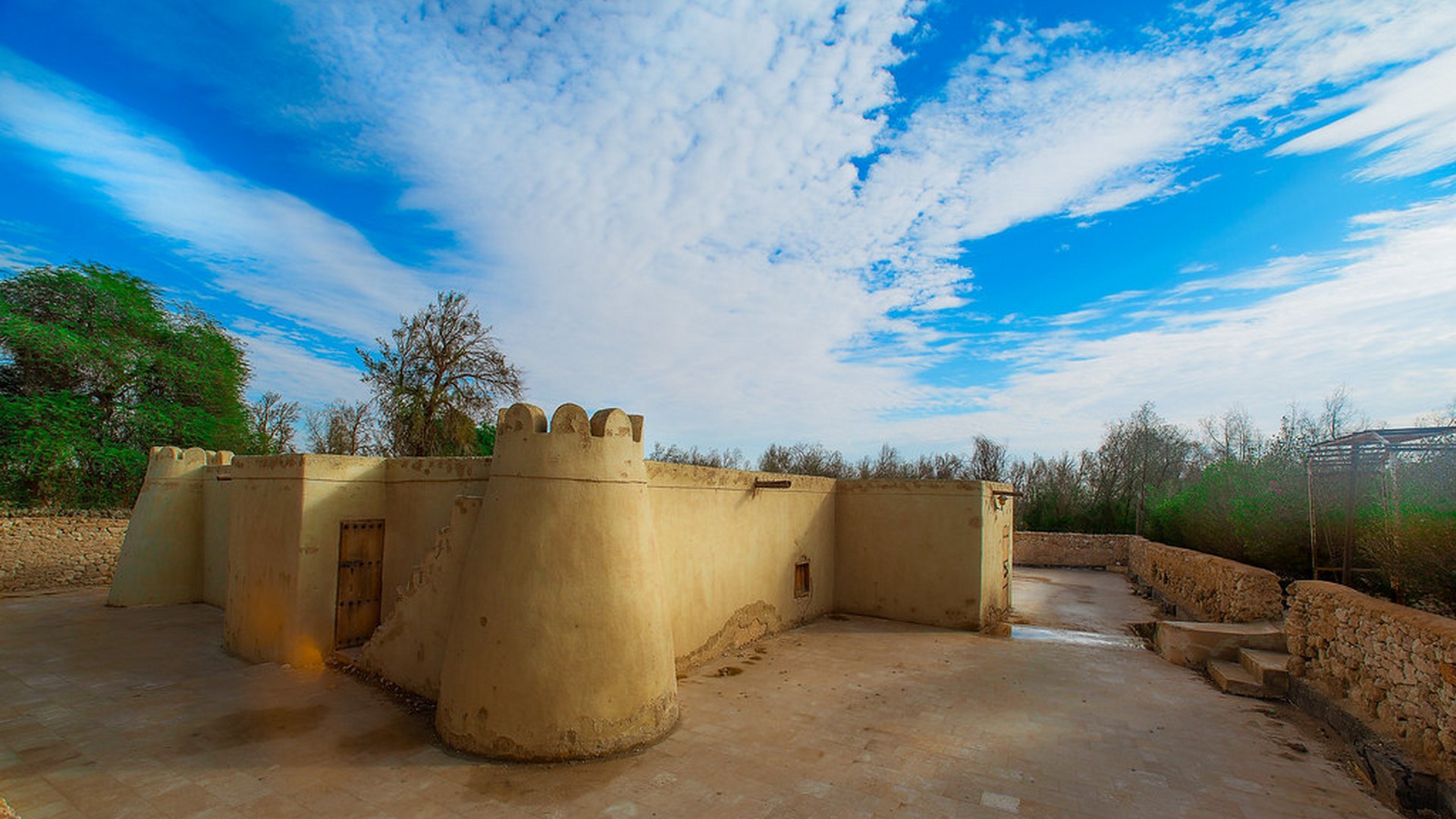Description
Property Name: Joatha Mosque
Inventory No: –
Date of infill of the inventory form: 2020
Country (State party): Saudi Arabia
Province: Ash Sharqia
Town: Al Ahsa
Geographic coordinates: 25°28’11.36″ N 49°40’42.63″ E
Historic Period: 7th Century
Year of Construction: 629–636
Style: Early Islamic
Original Use: Mosque
Current Use: Mosque
Architect: Unknown
Significance
The ruins of the city of Guatha are located northeast of the village of Al-Kalabiya at a distance of about 1.5 km, while the city is 18 km from the central city of Al-Hofuf towards the northeastern corner of it, and Jawatha is one of the well-known cities before the emergence of Islam. Islam was early in its emergence, and the city of Guatha was distinguished by its impregnable fortification and its active commercial market, which was always bustling with movement, and the first mosque in which the Friday prayers were established after the Mosque of the Prophet, may God bless him and grant him peace, which is historically known as the Bani Abdul Qais Mosque The location of this city is still known to the region’s residents. Perhaps the most important monuments discovered in the city of Guatha are the ruins of an ancient mosque known as the Jawatha Mosque. The mosque’s layout consists of a rectangular building whose dimensions are 11 x 13 m. The mosque’s building plan includes an external courtyard representing the mosque’s courtyard, and the courtyard is preceded by a shed that represents the mosque’s canopy, and it is a canopy consisting of three corridors. The Qibla walls and a third mihrab is located in the middle of the second arcade in the second gallery of the mosque, and to the east of the mosque are ancient ruins known locally as Ain Jathi or Ain Abu Hurairah.
Joatha Mosque is one of the most prominent sites in Al-Ahsa. One of the first mosques to be built, it dates back to the Prophetic era. Al Bukhari states that, “The first Friday prayer in Islam, following that at the Prophet’s Mosque, took place at Abd Al-Gais Mosque in Joatha.” Located east of the village of Kallabah, its foundations are still standing today despite some subsequent additions made to it in later years.
Selection Criteria
ii. to exhibit an important interchange of human values, over a span of time or within a cultural area of the world, on developments in architecture or technology, monumental arts, town-planning or landscape design
iii. to bear a unique or at least exceptional testimony to a cultural tradition or to a civilization which is living or which has disappeared
State of Preservation
Well preserved
References
Commission of Tourism and Heritage


